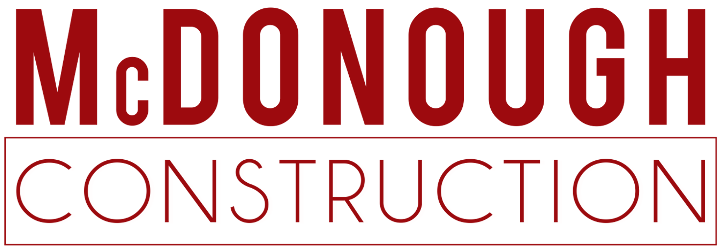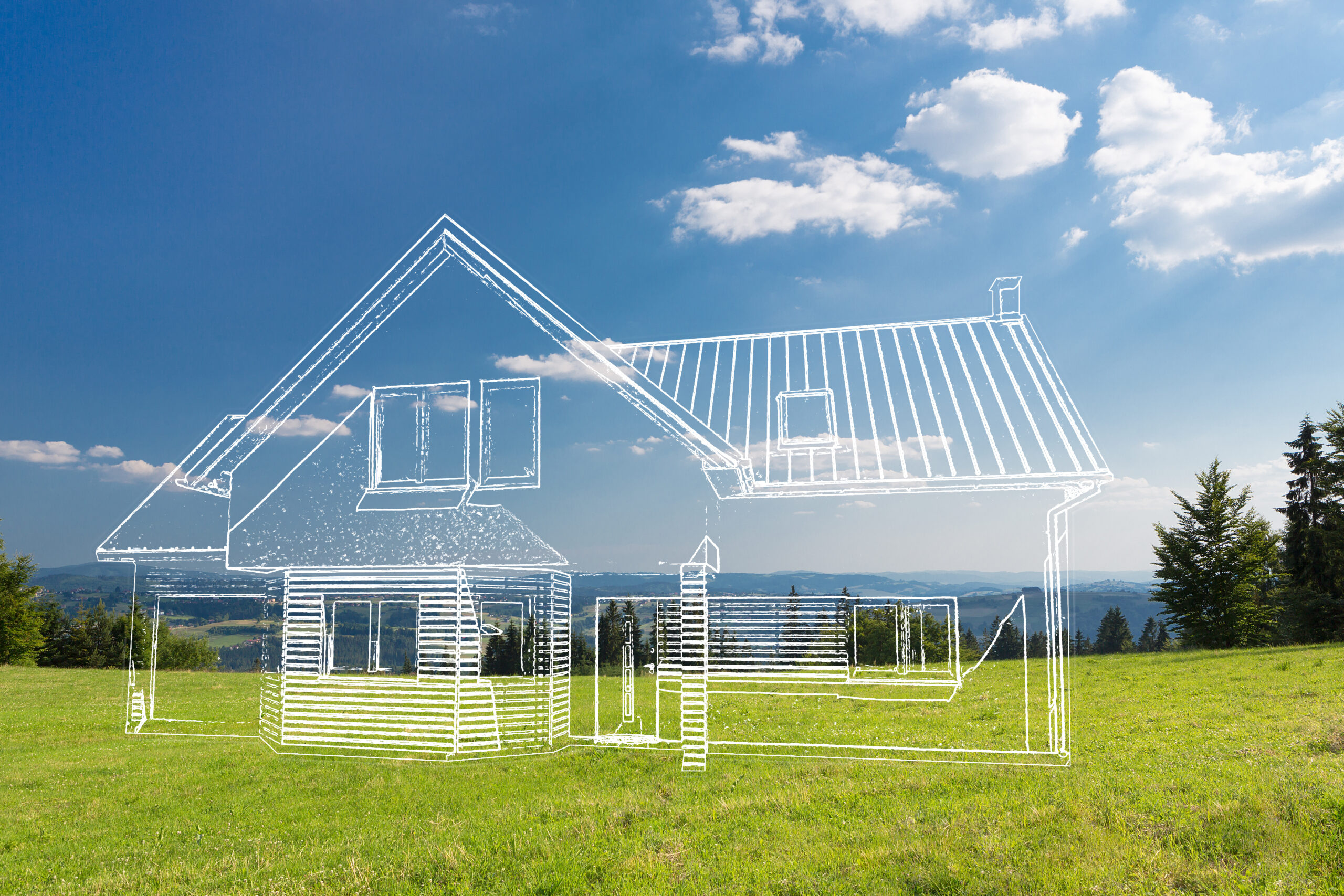There’s something thrilling about buying your own piece of land to build that dream home from the ground up.
But picking the perfect parcel for a land purchase can be more complex than you might think. Read more to learn tips on choosing the ideal plot to build on.
Buying in different zoning districts
If you think you’ve found the perfect plot, you’ll want to check the local zoning ordinances and building restrictions before putting in an offer.
This lot may be your desired acreage and seem like a good investment, but it serves no purpose if it doesn’t meet your desired real estate needs.
Zoning and other land regulations and restrictions can be accessed through public records at your local zoning office or city hall. Here are a few things to check before you buy land:
- Access from a street: Unless you plan on parking your car on the side of the road, your real estate property must be accessible from a street or highway. If the parcel is landlocked, you will need to get an easement across a neighboring property. This means you get permission to pass through the neighbor’s land to get to yours.
- Setbacks: This refers to how far a structure must be situated on the vacant land from a property line. For example, if you have 20-foot structure setbacks from either side, but your lot is only 50 feet wide, that means your home can be no greater than 10 feet wide. That won’t work!
- View ordinances: Some local view ordinances may restrict your ability to add a second story to your house. Which could affect your chance to sell later and cost you money.
How much does it cost?
Unless you’re planning on paying everything with cash, you’ll need to have the funds for a down payment and to pay to build a new home on the vacant land.
According to the National Association of Home Builders, the median cost of building a home is $297,000. However, that’s hardly where the expenses end.
You will also be responsible for property taxes, utility expenses, etc.
Financing a parcel of land can be tricky. Getting a “raw land loan” is different from financing a home.
Since there’s no building on the property yet, it’s easier for a buyer to walk away from the real estate deal, leaving the lender and seller holding the responsibility.
Because of this risk, some lenders may require a buyer to pay a higher down payment on the land ranging from 20% to 50%.
Many details go into finding that perfect piece of land to build on. Do your research and consult with a professional before moving forward.


